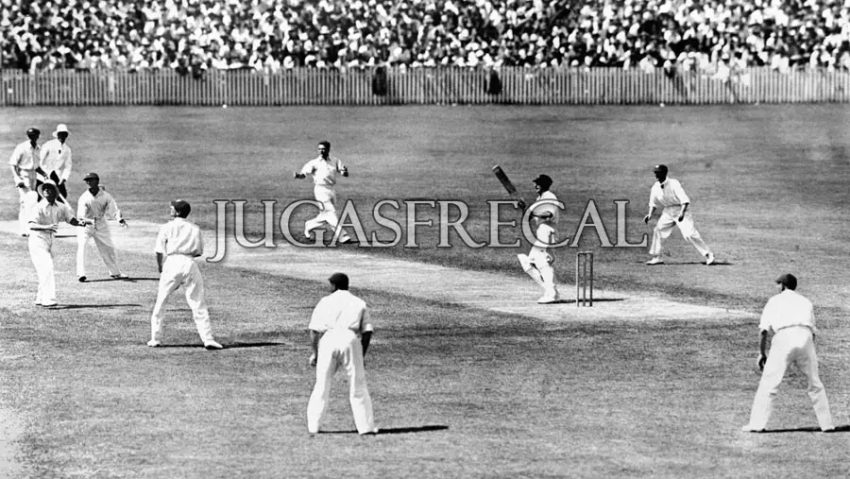Cricket, a bat-and-ball game that has captured the hearts of millions across the globe, boasts a rich history spanning centuries. Originating in England, the game has evolved from a simple pastime to a complex and highly competitive sport played and watched by enthusiasts worldwide.
Early Beginnings: 16th to 17th Century
The origins of cricket can be trace back to the 16th century in England. It is believe that the game evolve from earlier bat-and-ball activities played in the rural areas of the country. Initially, cricket’s was a game play primarily by shepherds and farmers during their leisure time. The first recorded instance of the word “cricket” being use dates back to 1598.
Growth and Establishment: 18th Century
The 18th century marked a period of growth and formalization for cricket’s. Various cricket clubs began to emerge, and the Hambledon Club, founded in 1760, is often regarded as one of the early pioneers in shaping the game’s rules and regulations. It was during this time that the distinctive features of cricket’s. Such as the use of a straight bat and the importance of bowling overarm, started to take shape.
The Marylebone Cricket Club (MCC) and Laws of Cricket
While in 1787, the Marylebone Cricket Club (MCC) was established, and it became the custodian of the laws of cricket’s. After that the MCC’s influence was crucial in standardizing the rules of the game and ensuring its uniformity across different regions. The “Laws of Cricket,” which continue to govern the game to this day, were codified and maintained by the MCC.
Colonial Expansion and International Matches: 19th Century
The 19th century witnessed the expansion of cricket beyond the shores of England. As British colonial influence spread across the world, cricket’s was introduce to countries like Australia, India, South Africa, and the West Indies. The first international cricket’s match was played in 1844 between Canada and the United States. However, it wasn’t until 1877 that the inaugural Test match took place between England and Australia, marking the beginning of international cricket’s rivalry.
Rise of Limited-Overs Cricket and Modern Era: 20th Century
The 20th century brought about significant changes in the format of cricket. Meanwhile the introduction of limited-overs cricket in the form of One Day Internationals (ODIs) in the 1970s injected a new level of excitement into the sport. The shorter format made the game more accessible to a wider audience and paved the way for the eventual emergence of Twenty20 (T20) cricket’s. Characterized by its fast-paced and entertaining nature.
Cricket Global Dominance and Cultural Impact
Cricket’s has transcended its English roots to become a global phenomenon. Similarly countries like India, Australia, England, Pakistan, and South Africa have fervent cricketing cultures, and the sport holds a special place in the hearts of their citizens. While the Cricket World Cup, first held in 1975, is one of the most-watched sporting events worldwide. Showcasing the intense competition between international teams.
Conclusion
The history of cricket is a tale of evolution, growth, and global expansion. While from its humble beginnings as a leisurely pastime in English villages to becoming one of the most widely played and watched sports on the planet, cricket’s journey is a testament to its enduring appeal. Moreover as the sport continues to adapt to changing times and preferences. Its legacy remains deeply ingrained in the hearts of fans and players alike.

